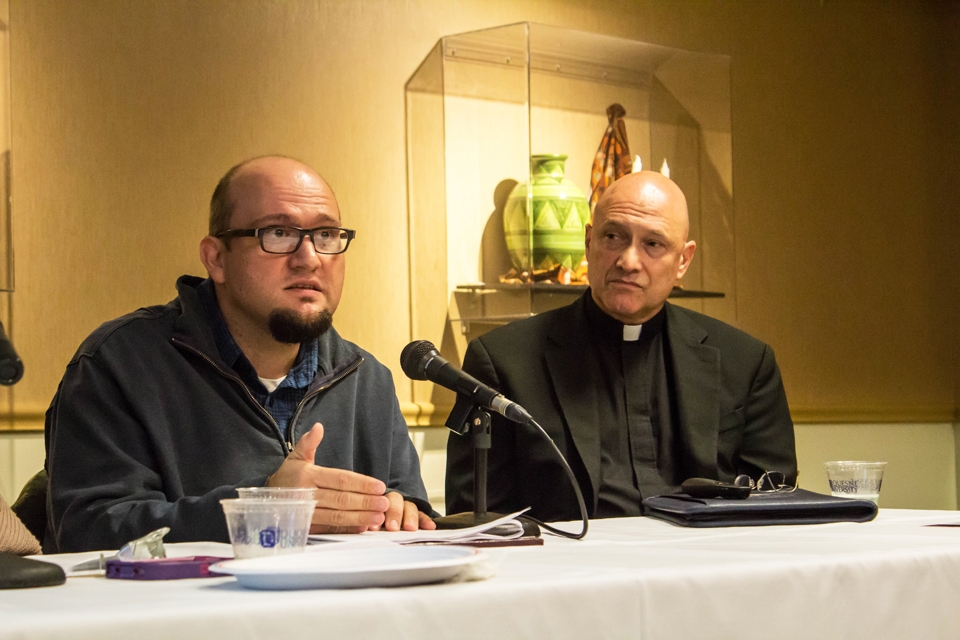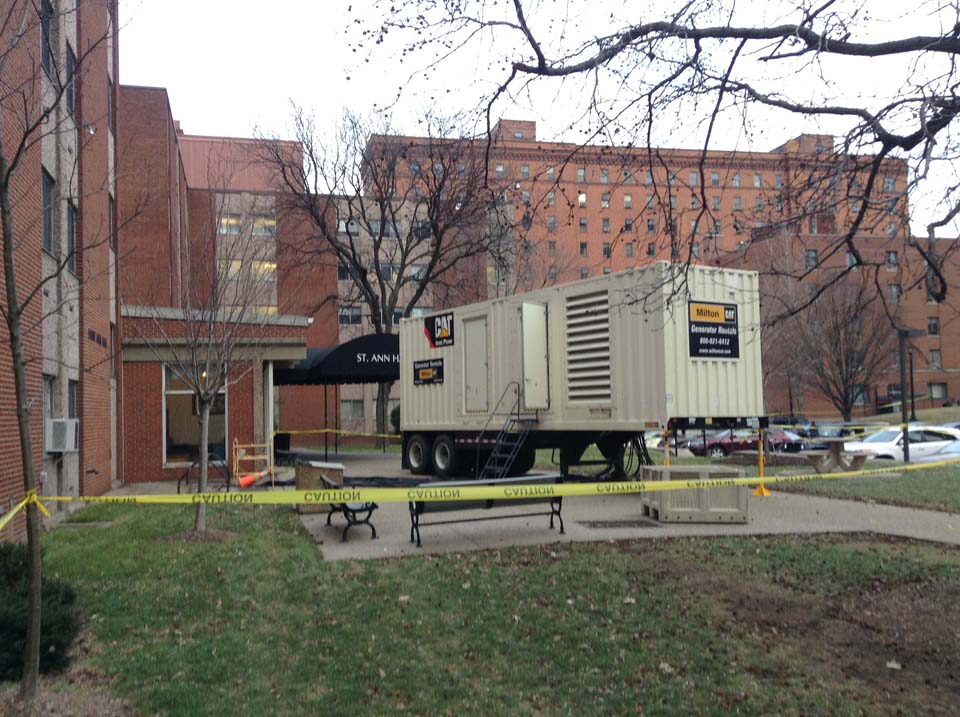By Julian Routh | Asst. News Editor
College students will face an increase on student loans fees and a cut to the Office of Federal Student Aid due to the recently announced federal sequestration.
Automatic cuts totaling $44 billion took effect on March 1 and will be administered to government spending over the remainder of the fiscal year, or until President Barack Obama and Congress can agree on legislation.
Sequestration will increase student loan fees by 5.1 percent and cut spending of the Office of Federal Student Aid by $157 million. The Student Financial Assistance program will cut $86 million and $71 million will be cut from the office’s administration.
Antony Davies, associate professor of economics, and Matt Ryan, assistant professor of economics, said the cuts will have a minimal impact on college-age Americans.
Ryan said that because the cuts equal five percent of the respective programs’ budgets, the “indirect effects could end up playing a larger role.”
“At the end of the day, I would expect the typical college student to feel no effect from the sequestration,” Ryan said. “Should any effect be felt, however, I believe it would be through the channel of employment as opposed to student loans.”
Davies compared the college loan market to the housing market, acknowledging that college students are facing an “impending higher education bubble.”
“In the housing market, the result was that people were pushed into buying houses and found that they couldn’t afford the mortgages,” Davies said. “In the college market, students are being pushed into colleges and many will find that they can’t afford the loan repayments.”
“Many will find that they can’t afford the loan payments.”
Antony Davies
Associate Professor of Economics
The total sequestration cuts, which will amount to $1.2 trillion in government spending over the next nine years, will affect several different areas of the budget, including defense, homeland security, health care, food safety, unemployment benefits, disaster relief and education.
Of this year’s cuts, $35 billion in reductions will affect discretionary outlays, while $9 billion take away from mandatory spending, according to a report by the Congressional Budget Office.
Davies said sequestration will reduce government spending by one percent. To avoid eventual bankruptcy, the government must reduce spending by an estimated 20 percent, something that Davies called “politically difficult.”
“The sequester is actually a good political solution,” Davies said. “The benefit of a sequester is that no politician or party can be held responsible since the cuts are automatic.”
To put the $1.2 trillion into perspective, the 2012 federal budget had a deficit of about $1.3 trillion and expenditures nearing $4 trillion, which means the sequestration cuts will equal only one year’s worth of deficit over nine years, Ryan said.
Sequestration can be halted if President Barack Obama and Congress pass legislation, though Ryan said recent legislative battles have shown to be “long, drawn-out, overly-politicized and media-driven.”
He also said that the cuts might not be as devastating as predicted.
“The effects of these spending cuts are likely overstated,” Ryan said. “Many programs subjected to spending cuts via sequestration are projected to expand significantly over the next decade. As such, sequestration will not shrink these programs but serve to impede their growth.”




